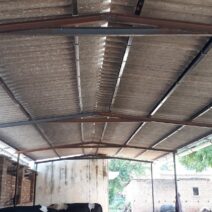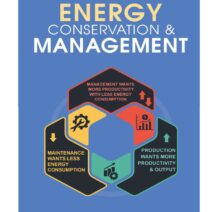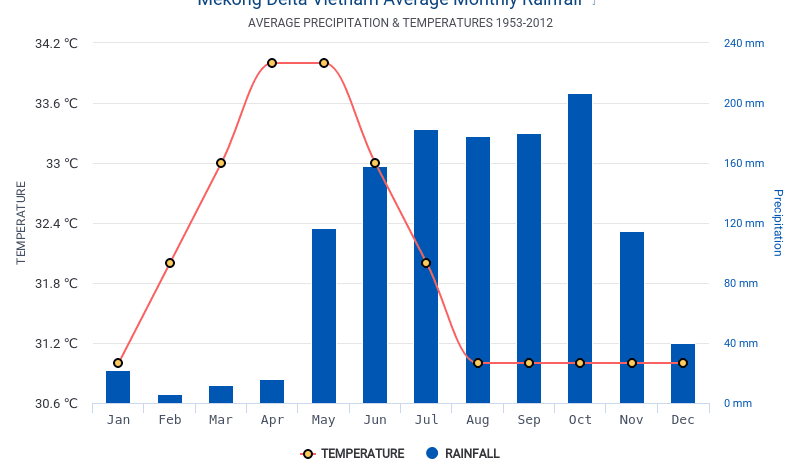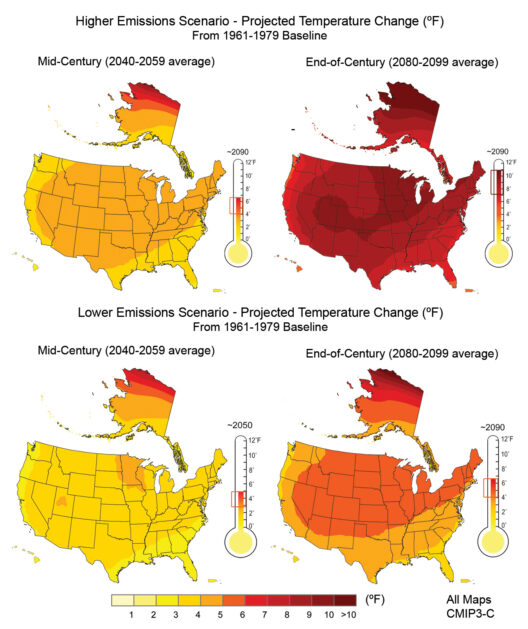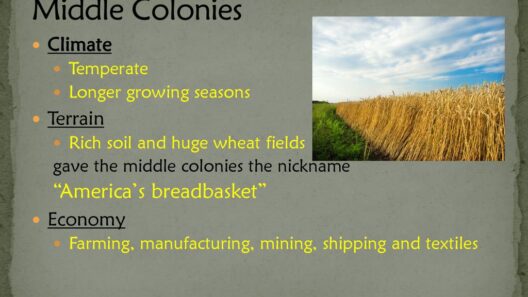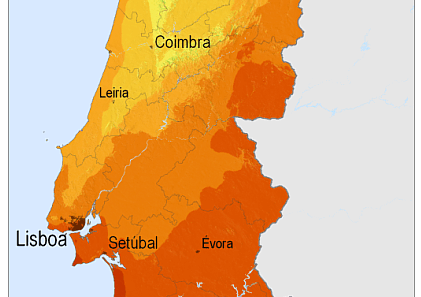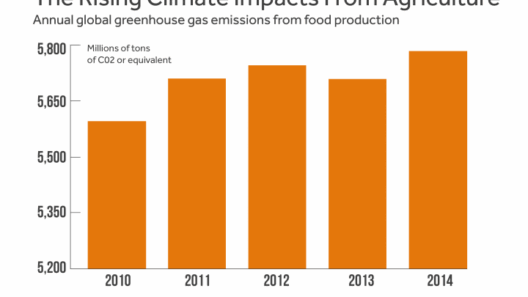Vietnam, a captivating country renowned for its breathtaking landscapes, spans a diverse array of climatic zones influenced by its geography and monsoon systems. Have you ever wondered how the interplay of monsoons, majestic mountains, and the expansive Mekong Delta shapes the environment of this Southeast Asian nation? Understanding Vietnam’s climate involves delving into its distinctive features, each contributing to the country’s rich ecology and agricultural potential.
The climate of Vietnam is predominantly tropical, characterized by three main regions: the North, Central Highlands, and South. Each of these areas exhibits unique weather patterns influenced by altitude, latitude, and proximity to water bodies, resulting in captivating biodiversity and agricultural richness.
In the northern region, the climate is marked by distinct seasons. Winters are cooler, spanning from December to February, with temperatures occasionally dipping as low as 10°C (50°F). The presence of the Red River Delta enhances the climate, making it conducive for rice cultivation, a staple food source in Vietnam. During the summer months, from June to August, temperatures soar, often exceeding 35°C (95°F), accompanied by humidity that can reach excessive levels. This season is further exacerbated by the southwest monsoon, which brings torrential rain, transforming the landscape into a lush green utopia. However, it also poses challenges, as flooding can become rampant, especially in urban areas like Hanoi.
As you venture southward into the Central Highlands, the climate transforms. The elevation here provides a cooler and more temperate environment. The rainy season begins in May and persists until October, coinciding with the influences of the southwest monsoon. However, unlike the lowland regions, the highlands are less prone to flooding due to their topography. Instead, the cool temperatures and fertile volcanic soil contribute to the cultivation of coffee, tea, and various fruits. The potential challenge for this region lies in the impact of climate change, affecting precipitation patterns and possibly jeopardizing the livelihoods that depend on these seasonal changes.
Moving further south, the landscape opens up to the Mekong Delta, a sprawling network of waterways, islands, and rich mangroves. The climate here is decidedly tropical, with high humidity and temperatures often hovering around 30°C to 34°C (86°F to 93°F) throughout the year. The Mekong Delta experiences a dual monsoon system: the southwest monsoon during the summer and the northeast monsoon in the winter months. These seasonal shifts in the wind patterns create a dynamic ecosystem that supports a plethora of flora and fauna.
The Mekong Delta serves not only as a critical agricultural hub, producing rice and aquatic products, but also presents vulnerabilities to climate fluctuations. The increasing frequency of storms and rising sea levels due to global warming threatens this vital region. Have we genuinely considered how our actions impact the delta’s ecology? While the rice paddies flourish, the intrusion of saline water from the sea jeopardizes the agricultural yield in many areas. Moreover, the delta’s intricate network of rivers is susceptible to pollution, as industrial activities and urbanization escalate in the surrounding areas.
Climate change is a formidable adversary, and its effect on Vietnam’s climate is palpable. The changes are not merely statistical; they can be seen and felt by the communities that inhabit these diverse landscapes. The systematic alteration in rainfall patterns leads to unpredictable droughts in some regions, while others face the brunt of heavy flooding. The agricultural sector, crucial to the livelihood of millions, is encountering unprecedented challenges. Crop failures due to irregular weather could mean a significant decline in food security.
One cannot ignore the substantial role that deforestation and urban expansion play in exacerbating climate issues. The lush forests that once served as carbon sinks have diminished, contributing to increased greenhouse gas concentrations in the atmosphere. Moreover, urban centers, like Ho Chi Minh City, are grappling with rapid urbanization, resulting in insufficient infrastructure to cope with heavy rains and flooding. This juxtaposition between development and environmental preservation presents a critical challenge for policy-makers and citizens alike.
However, amidst these challenges, there lies a realm of opportunity. Vietnam is increasingly becoming a focal point for renewable energy investments, notably in wind and solar energy. The government is actively encouraging policies aimed at sustainable agriculture and conservation efforts to restore degraded ecosystems. Sensitivity to the environment is no longer a mere aspiration; it is becoming imperative for survival. Citizens and organizations are joining forces to advocate for sustainable practices that respect both the environment and the livelihoods of those who depend on it.
In summary, Vietnam offers a fascinating study of climatic contrasts, influenced by its geography. The interaction between monsoons, mountains, and the Mekong Delta embodies the delicate balance of nature and human endeavor. As climatic conditions continue to evolve under the weight of climate change, the collective response will determine the future of this beautiful nation, enriching its legacy while safeguarding its environmental integrity. As stewards of the Earth, how will we contribute to protect these vibrant ecosystems? The answer lies within each individual’s commitment to sustainable practices and advocacy for environmental resilience.

